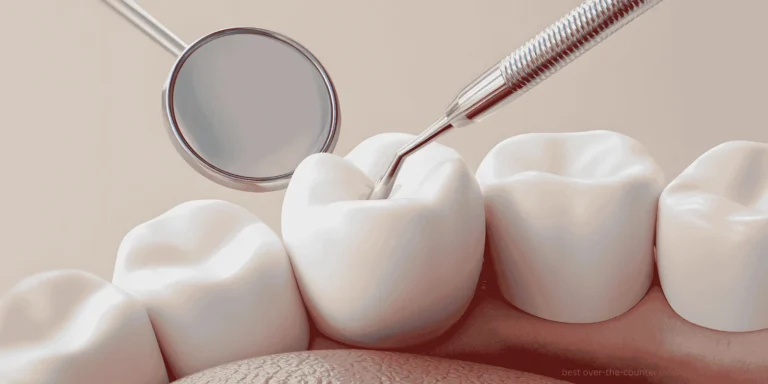Bacterial vaginosis isn’t considered a sexually transmitted infection in the traditional sense, but sexual activity can influence its development and there’s emerging evidence about transmission between female partners.
BV and sexual transmission: BV isn’t a classic STI because it results from an imbalance of naturally occurring vaginal bacteria rather than infection with a specific transmitted pathogen.
Sexual activity can trigger BV by disrupting the vaginal microbiome through pH changes, introduction of new bacteria, or other factors that upset bacterial balance.
Male partner transmission: Men typically don’t carry the anaerobic bacteria that cause BV since these organisms don’t colonize male anatomy effectively.
Treating male partners has not been shown to reduce BV recurrence rates in female partners, and isn’t routinely recommended.
Male partners can’t develop BV since they lack the vaginal environment where this bacterial imbalance occurs.
Female partner considerations: Recent research suggests that female partners of women with BV have higher rates of the condition, indicating possible transmission of bacterial communities between women.
Shared bacterial flora between female partners may contribute to BV development or recurrence.
Partner treatment for female couples isn’t yet standard practice, but some healthcare providers may consider it for recurrent cases.
How sexual activity influences BV: New sexual partners can introduce different bacterial strains that disrupt existing vaginal flora balance.
Frequency of sexual activity may affect BV risk, possibly due to repeated exposure to semen, which has alkaline pH that can alter vaginal acidity.
Certain sexual practices including oral sex can introduce mouth bacteria to the vaginal environment.
Risk factors beyond sexual activity: Douching is a major BV risk factor that directly disrupts beneficial bacteria.
Natural hormonal changes during menstruation, pregnancy, or menopause affect bacterial balance.
Antibiotic use can eliminate beneficial lactobacilli, allowing harmful bacteria to overgrow.
Smoking increases BV risk through unknown mechanisms.
Prevention strategies: Avoid douching completely as this is the most significant modifiable risk factor.
Practice safe sex with barrier methods, especially with new partners.
Maintain good hygiene without over-cleaning or using harsh products.
Consider probiotics to support healthy vaginal bacteria, though evidence for BV prevention is limited.
When partner evaluation might be considered:
- Recurrent BV episodes despite treatment
- Female partners experiencing simultaneous symptoms
- Persistent symptoms despite appropriate treatment
The bottom line: While BV isn’t transmitted like traditional STIs, sexual factors can influence its development. Focus on maintaining healthy vaginal flora rather than viewing it as an infection requiring partner treatment in most cases.
If you’re experiencing recurrent BV or have questions about transmission, ChatRx can help evaluate your situation and recommend appropriate treatment strategies.













